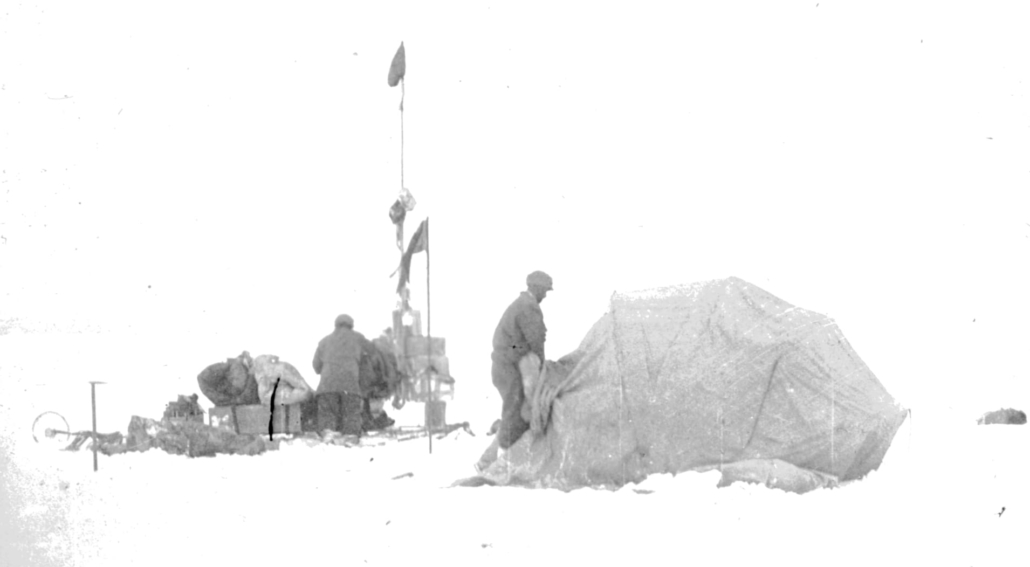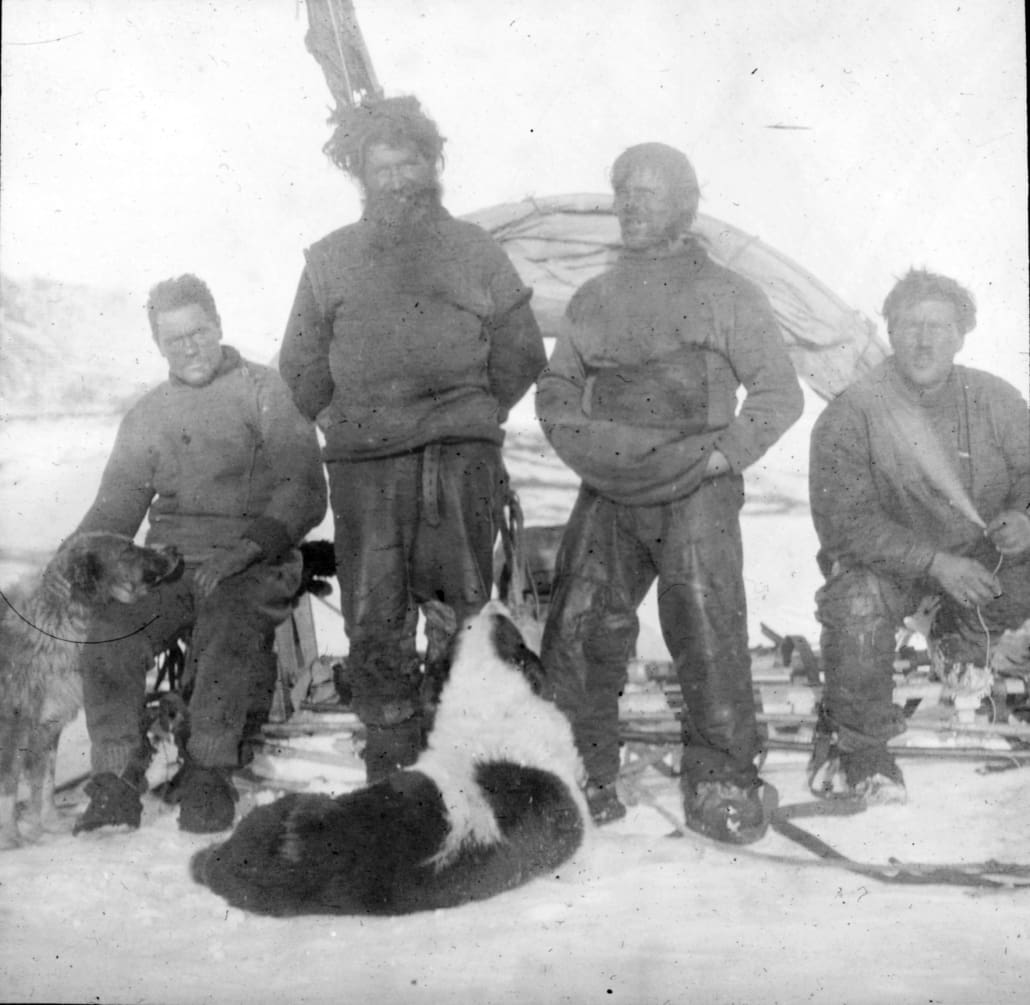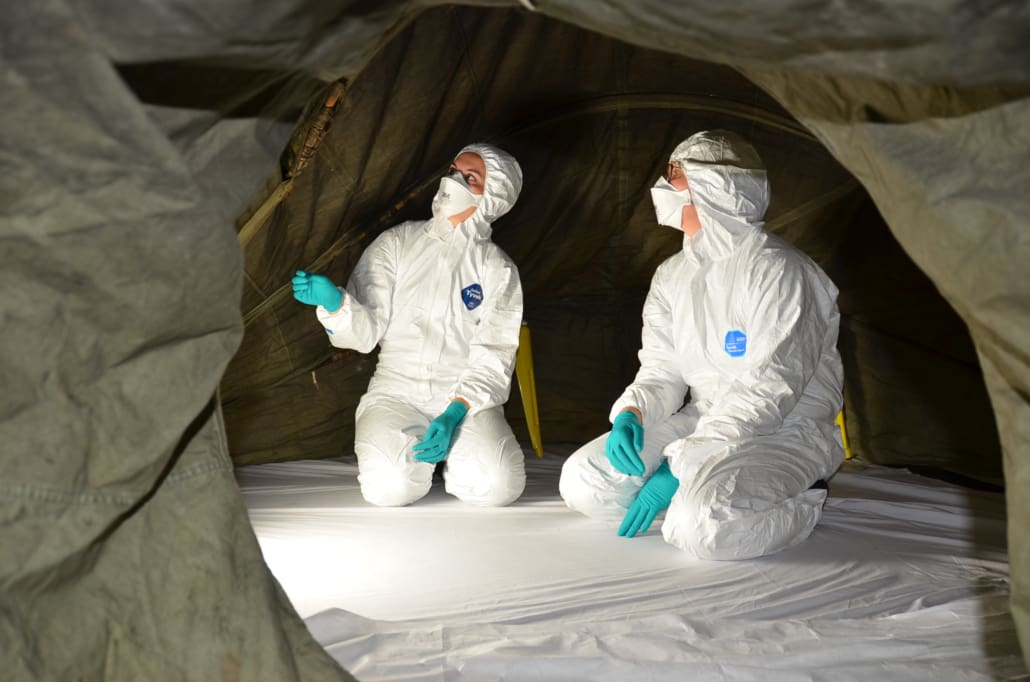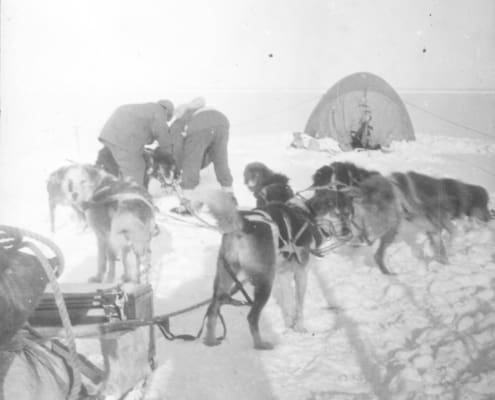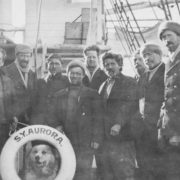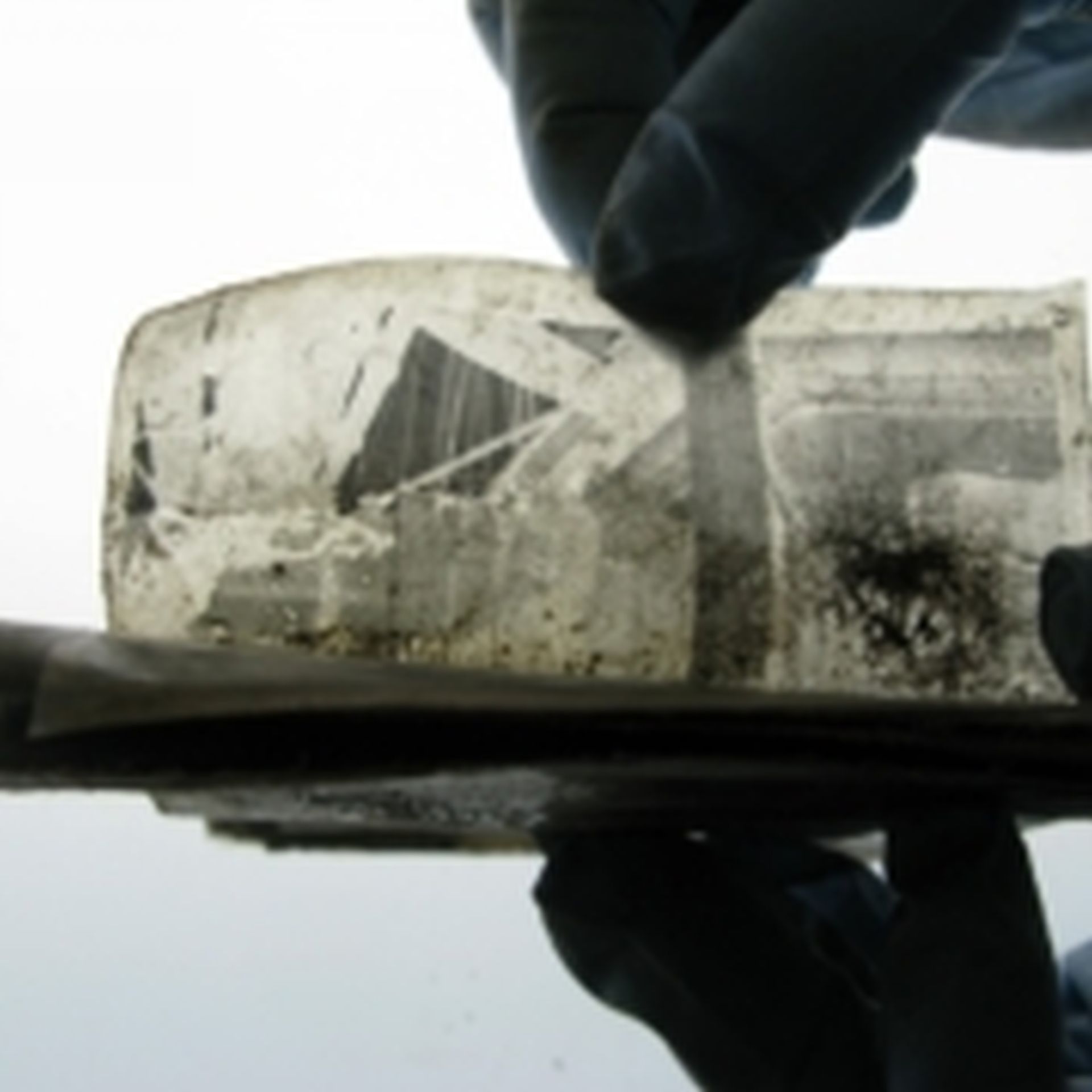The story of Sir Ernest Shackleton’s Imperial Trans-Antarctic Expedition 1914–1917 has often been called the ‘Greatest Story of Survival Ever Told’.
As his ship, the Endurance, was stuck in pack ice in the Weddell Sea, the desperate struggle for survival ensued. Shackleton led his men fearlessly as they camped on drifting ice before journeying in open boats to Elephant Island. From there, Shackleton and five others made a daring 800-mile crossing in the James Caird life boat to South Georgia to find help to save the rest of his men.
Less well known, however, is the story of Shackleton’s Ross Sea Party.
Making camp c. 1915 © Joyce Collection, Canterbury Museum


